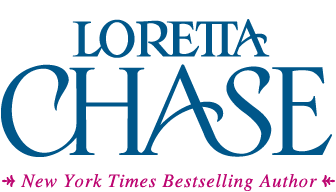William Bullard, Portrait of the Thomas A. and Margaret Dillon Family, about 1903, courtesy of Frank Morrill, Clark University and the Worcester Art Museum
A little over a hundred years ago, a white photographer named William Bullard took hundreds of pictures of people in central Massachusetts. Among these were more than 230 portraits of people of color who lived within easy walking distance of my home. I had no idea this community existed until early 2018, when I saw Rediscovering an American Community of Color: The Photographs of William Bullard at the Worcester Art Museum.
The Beaver Brook neighborhood became a new home when the Ku Klux Klan and white backlash, combined with a national depression and the end of Reconstruction, destroyed the lives that former enslaved people had been making for themselves in the South. They came north to start again, and some came to Worcester, “a city with a deep abolitionist tradition and influential white residents sympathetic to their plight.”*
William Bullard, William Bullard’s Camera Reflected in a Mirror, about 1911 (detail), courtesy of Frank Morrill, Clark University and the Worcester Art Museum
The collection’s existence is a rare and wonderful confluence of circumstances. Somehow, the glass negatives survived for over a century and ended in the hands of Frank J. Morrill, a retired history teacher and collector, who was also a devoted Worcester historian. Somehow, the photographer’s logbook also survived, and stayed with the photographs. Because of this, it became possible to identify the people in the photographs. This in turn made it possible for the Clark University students who researched the photographs to contact many of photo subjects’ descendants, one of whom I met during one of my visits to the exhibition.
A little more about the photos, from the website gallery. Image at top: “Virginia-born coachman Thomas A. Dillon and his wife, Margaret, a domestic servant and native of Newton, Massachusetts, pose in the parlor of their home at 38 Tufts Street with children Thomas, Margaret, and Mary. A poster on the wall commemorates President Theodore Roosevelt’s visit to the Worcester Agricultural Fair in 1902.” (The website gallery of images includes another photograph of Mr. Dillon.) Image at bottom: “James J. Johnson, of Nipmuc, Narragansett, and African American descent, and Jennie Bradley Johnson, a migrant from Charleston, South Carolina, pose with their daughters Jennie and May. James worked as a coachman and belonged to the King David Masonic Lodge. He died soon after this portrait was taken. Jennie later worked as a laundress.”
William Bullard, Portrait of James J. and Jennie Bradley Johnson Family, 1900, courtesy of Frank Morrill, Clark University and the Worcester Art Museum
But in this case it’s probably best to let the pictures do the talking, and there are a great many to study. Most appear on the Bullard website, where you’ll find a gallery of the photos, a page about the collection and the photographer, a map of the neighborhood in 1911, essays connected to the images, and a chance to add information and/or comment on individual photos.
This Maureen Taylor podcast is loaded with fascinating insights into the photographs’ history, the photographer, the collector, the researchers, the project, and more. This article offers a sampling of large scale photographs from the collection. And here are scenes from the 2018 exhibition at the Worcester Art Museum.
**quote from the beautiful exhibition catalog




